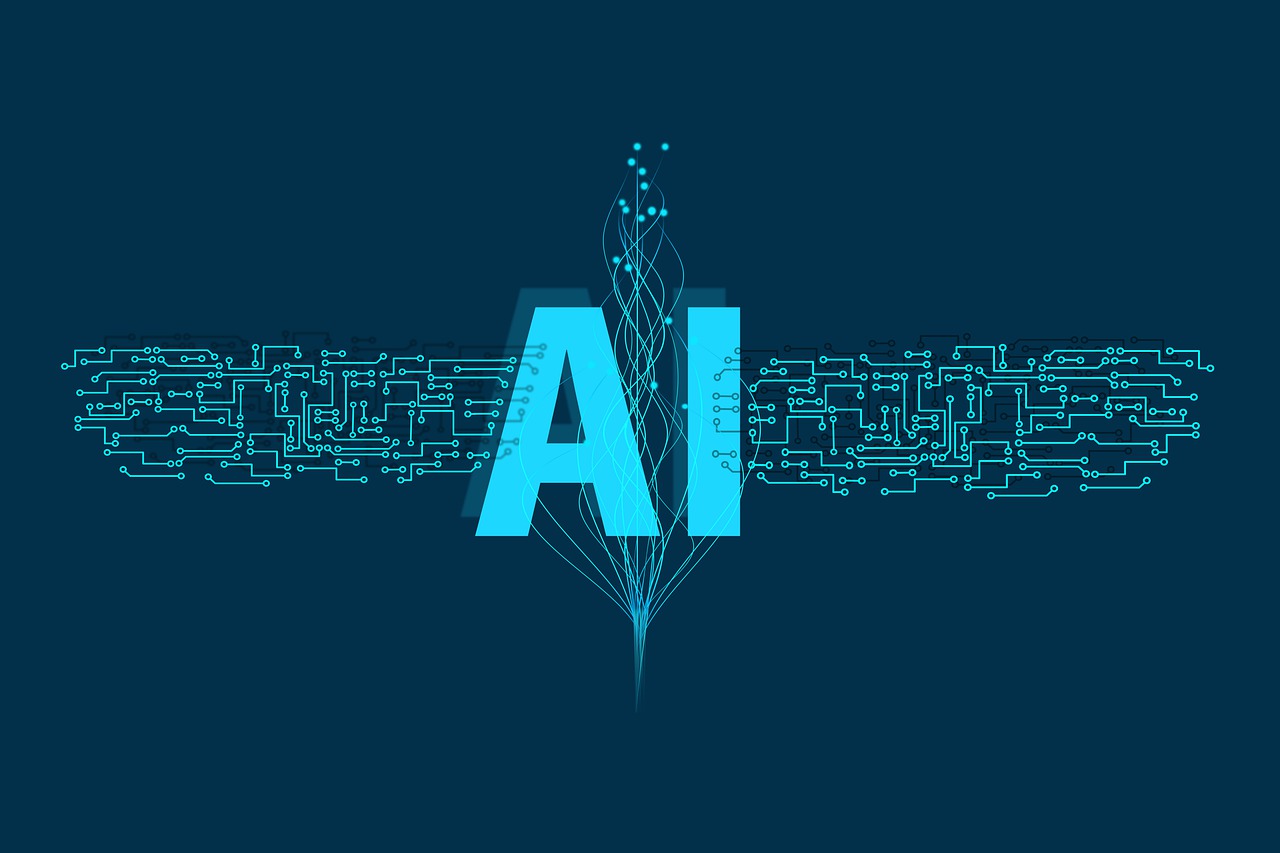In the ever-evolving digital world, web design is a continuously changing industry. As technology advances, web design trends and practices are constantly updated to keep up with the times. This article will take a look at the current state of web design and how it is likely to evolve over the next few years, with a particular focus on the year 2023. We will examine the role of OpenAI, chatbot GPT and other emerging technologies, and explore how they might shape the future of web design.
OpenAI is a research lab dedicated to advancing artificial intelligence. OpenAI is pushing the boundaries of AI technology and its potential implications for web design are massive. OpenAI’s GPT-3 model is a natural language processing engine that can generate human-like text. This technology will allow for more interactive and conversational experiences on websites, making them more engaging and immersive for visitors.
Another major trend for the future of web design is the use of chatbots. Chatbots can be used to assist customers and answer their questions, as well as to provide customer service. Chatbots have the potential to make websites more efficient and user-friendly, as they can automate mundane tasks and help visitors find what they are looking for quickly and easily. In addition, chatbot GPT-3 is a cutting-edge artificial intelligence technology that can generate human-like conversations. This technology could be used to create more engaging and conversational experiences on websites, as well as more personalized customer service.
As technology advances, web design will become increasingly focused on personalization. Websites will be tailored to each individual user based on their browsing habits, interests and preferences. This will enable websites to provide a more tailored and personalized experience for visitors, resulting in higher engagement and more conversions. Additionally, machine learning and artificial intelligence can be used to optimize website elements such as content, images, layout and more to provide a more personalized user experience.
Finally, augmented and virtual reality are also likely to become increasingly important in web design in the coming years. Augmented reality (AR) can be used to provide immersive experiences on websites, while virtual reality (VR) can be used to create online simulations and interactive experiences. These technologies can be used to make websites more engaging and immersive, as well as to provide a more interactive and personalized user experience.
In conclusion, the future of web design is likely to be shaped by a range of emerging technologies and trends. OpenAI, chatbot GPT, personalization and augmented and virtual reality are all likely to be important trends in web design over the next few years. By 2023, these technologies and trends will have become even more prevalent, as web designers strive to create more engaging, immersive and personalized experiences for their users.
